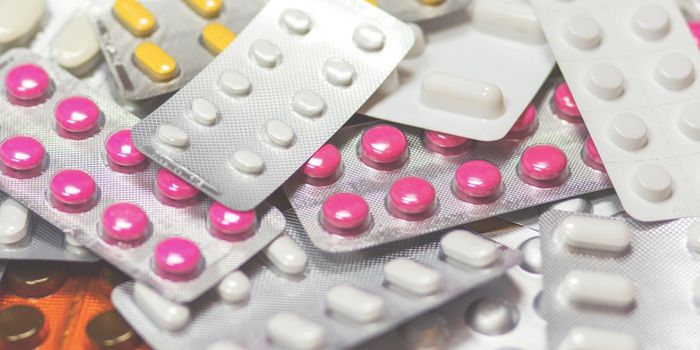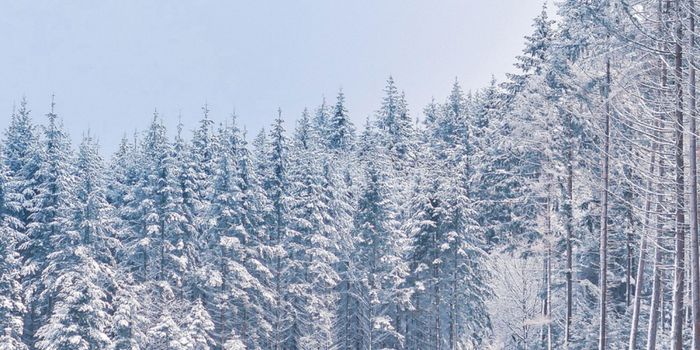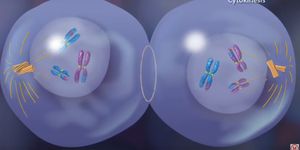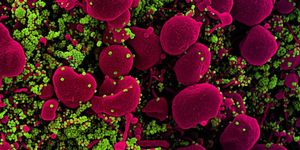The Symbiotic Bacteria That Stow Away in Ship-Destroying Clams
Shipworms are known as the 'termites of the sea.' They are not actually worms; these infamous mollusks that have brought down ships with their appetite for wood. The creatures have laid waste to docks, terrorized ancient navies, and nearly sank two of Columbus' ships. But these bivalves aren't breaking down all that wood on their own; they do it with the help of symbiotic bacteria. Researchers have now learned more about one of these bacterial partners, named Teredinibacter waterburyi. The research, reported in the International Journal of Systematic and Evolutionary Microbiology, might help us learn how to deal with the plant and wood waste humans generate.
"There are reports going back to the ancient Greeks and Romans, complaining about shipworms destroying their docks and their boats," said Dan Distel, the Director of Northeastern University's Ocean Genome Legacy Center. "During the age of wooden boats, it was a huge challenge."
This microbe is hosted by the feathery shipworm, which lives along North America's Pacific coast and breaks down wood cellulose. It's only the second species of wood-consuming shipworm bacteria to be named.
"It's a long, hard road to name bacteria," said Distel. "But nobody takes any bacteria seriously unless they have a name."
These microbes live in the gills of the shipworm with several other species of microbes. There, they generate enzymes that have to migrate to the shipworm's gut. The researchers are still learning about how that happens. The enzymes, however, are good at breaking down the cell walls of plants, which are made of a compound called lignocellulose into sugars.
"Lignocellulose is the most abundant biological material on earth," Distel said. It's found in corn and wheat stalks as well as wood and other plant matter. After enzymes break it down, it might then be useful as a material that can create resources like biofuels and plastics.
"Learning how these bacteria do it can provide us clues as to how to more efficiently convert waste, domestic waste, agricultural waste, industrial waste, forest product waste, into things that can be used for fuels or various chemicals," Distel explained.
The bacteria also travel through the mollusk, probably by infecting cells in the shipworm. Figuring out how they do it may teach us more about infectious disease.
"Understanding how a bacterium infects a host cell is a question that's really important," Distel said. "There's likely very similar mechanisms between pathogens infecting hosts and [beneficial microbes] infecting hosts."
Distel also said that the microbe might also be a source of new medicines; two antibiotics have already been found in shipworm bacteria and the anti-parasitic effects of one are being studied now.
"This genus, Teredinibacter, turns out to have a lot of genes for secondary metabolism - a lot of genes for making things that could potentially be antimicrobial; antibiotic; neuroactive, that affect the neurological system of other organisms; or cytotoxic, things that kill other cells," Distel said. "There are good drug lead compounds coming out of this."
Sources: Phys.org via Northeastern University, International Journal of Systematic and Evolutionary Microbiology








